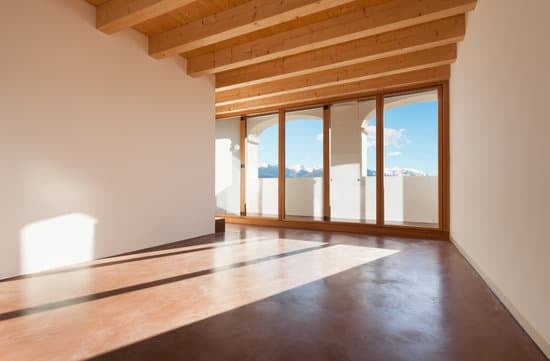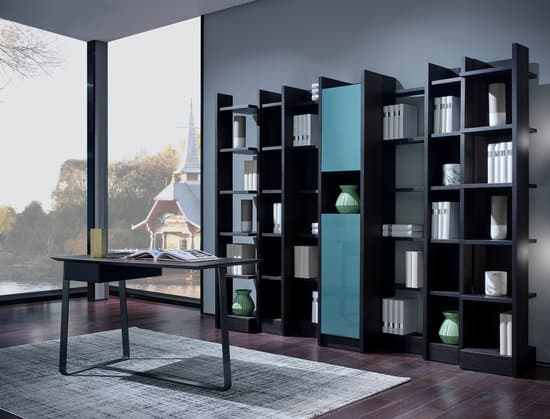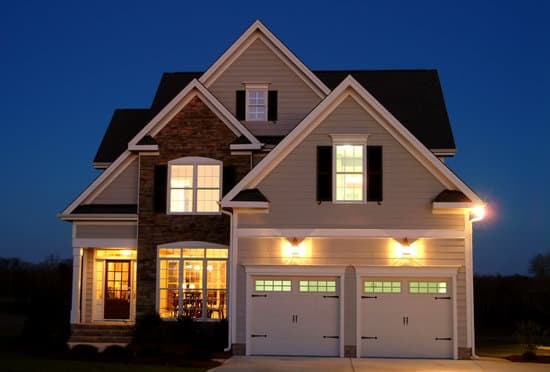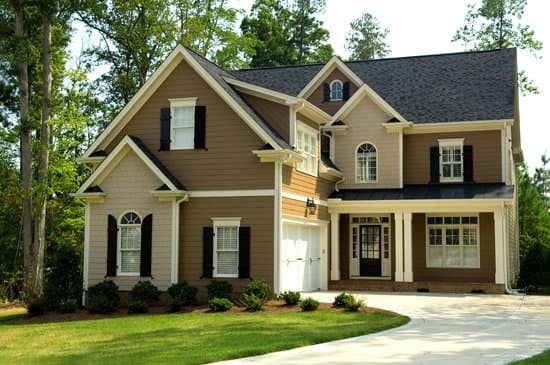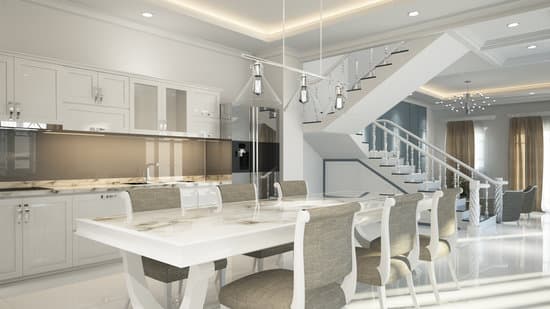Jetted tubs can consume a significant amount of energy due to their heating and pumping systems. However, modern manufacturers have made efforts to make their hot tubs more energy-efficient. Here are some factors that affect a jetted tub’s electricity usage:
Heater wattage: Most tubs have heaters that range between 1,500 and 6,000 Watts. The higher the wattage, the more power it consumes, and the higher the energy bill. Today, some modern hot tubs have energy-efficient heaters that use as little as 1 kW of power.
Pump wattage: The pump that circulates the water in the tub is also a significant energy consumer. It typically draws 1,500 watts, although some newer models use much less.
Size of the tub: Smaller tubs use less energy because they require less water to be heated and circulated. Also, if the tub is well insulated, it will retain heat better and reduce the energy needed to reheat it.
Frequency of use: Obviously, the more you use the tub, the higher your energy bill will be. One way to save energy is to only heat the tub when you plan to use it and then turn it off afterward.
Additional features: Extras like lighting, sound systems, and waterfalls all require additional power, which will increase your energy bill.
Overall, while a jetted tub can use a lot of electricity in some cases, modern manufacturers have made strides in making them more energy-efficient. Shopping around and looking for models with lower wattage heaters and pumps, as well as smaller sizes and more insulation, can help reduce your energy bills.
